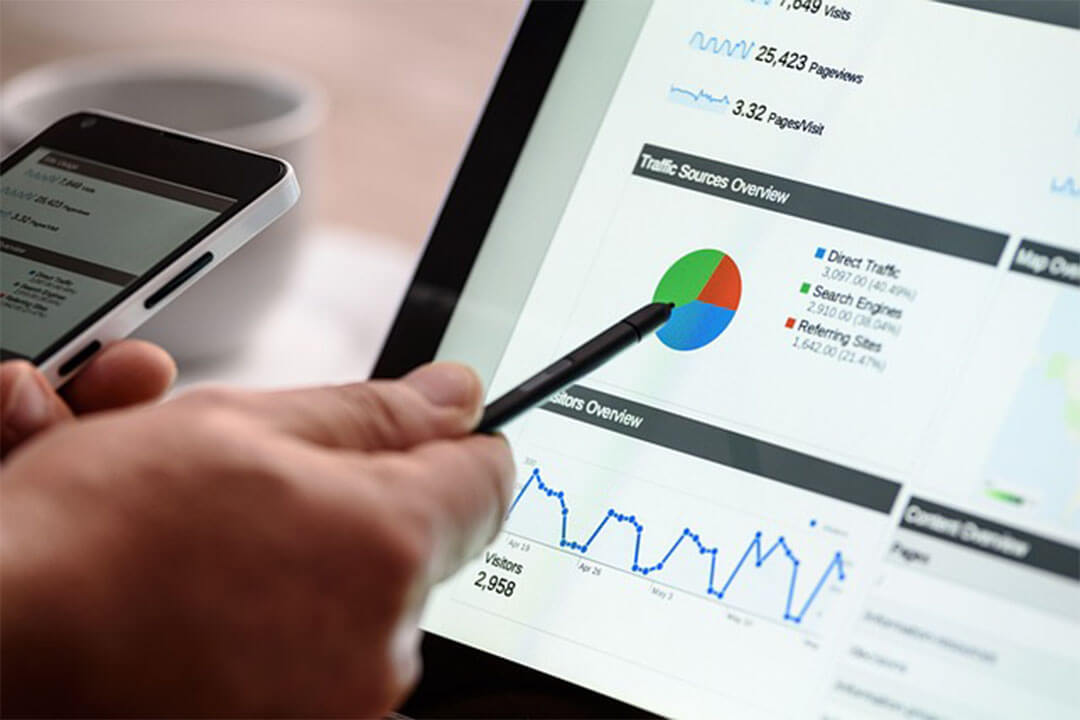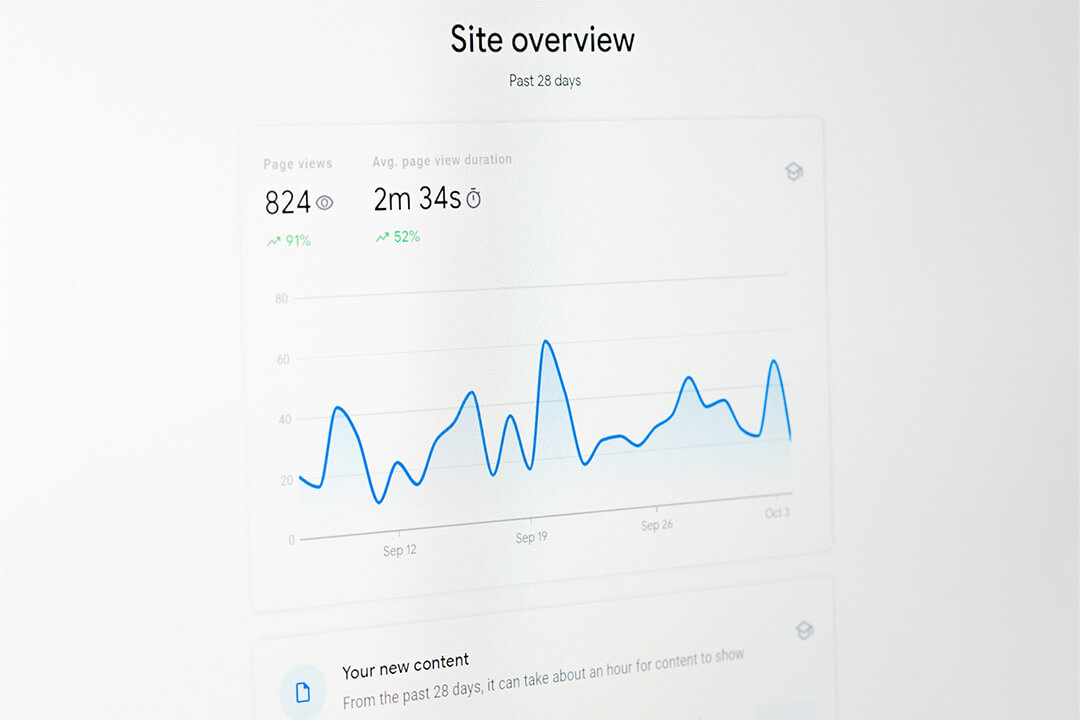"ROI-Driven Digital Marketing" is a phrase that's gaining traction in business circles and for good reason. It's a powerful concept, one that could transform your online presence and steer your business towards growth. In this blog, we'll delve into the world of ROI-Driven Digital Marketing, explore its significance, discuss measurement techniques, and showcase how Somar Digital can help businesses thrive in the digital realm.
What is ROI-Driven Digital Marketing?
In essence, ROI-Driven Digital Marketing is the process of developing, implementing, and adjusting your digital marketing strategy based on the return on investment (ROI) it generates. It’s not just about creating fancy ads or content, but ensuring each dollar spent on your digital marketing efforts is bringing in a solid return. It involves setting clear objectives, implementing targeted campaigns, and analysing data to determine the effectiveness and profitability of digital marketing efforts. This methodology emphasises aligning marketing strategies with business goals and continuously optimizing campaigns to achieve the highest possible ROI.
Imagine you're running a clothing store. Traditionally, you might just blast out advertisements everywhere and hope for the best. With ROI-Driven Digital Marketing, you would analyse how much return each advertising channel brought in and then allocate your budget accordingly. Businesses can track and analyse various metrics, such as website traffic, conversion rates, customer engagement, and revenue generated. ROI-Driven Digital Marketing leverages these metrics to make informed decisions, allocate resources efficiently, and maximise the impact of marketing initiatives.

Why is Measuring Digital Marketing ROI Important?
Measuring digital marketing ROI is crucial for several reasons. First and foremost, it allows businesses to assess the effectiveness of their marketing efforts and determine which strategies deliver the best results. By tracking ROI, companies can identify the campaigns and channels that provide the highest returns and allocate their budget accordingly. This helps optimise marketing spend and avoid wasting resources on ineffective tactics.
Moreover, measuring digital marketing ROI provides valuable insights for strategic planning and decision-making. It enables businesses to identify trends, understand customer behaviour, and refine their target audience. By analysing the data, companies can identify opportunities to improve customer engagement, enhance brand visibility, and drive revenue growth.
Take our clothing store example. Suppose you're spending a significant portion of your marketing budget on social media advertisements, but the majority of your sales are coming from email marketing. If you weren't tracking ROI, you wouldn't know that reallocating your budget towards email marketing could potentially boost your overall sales.
How Do You Measure Digital Marketing ROI?
To measure digital marketing ROI effectively, businesses need to establish clear objectives and define key performance indicators (KPIs). The following are some common KPIs used in ROI-driven digital marketing:
Tracking Your KPIs
You need to be able to measure your KPIs over time to see how they're changing. There are plenty of tools available, from Google Analytics to social media platform-specific analytics, that can help with this.
Conversion Rate
This metric measures the percentage of website visitors who take a desired action, such as making a purchase or filling out a contact form. It helps determine the effectiveness of landing pages, product pages, and marketing campaigns.
Customer Lifetime Value (CLV)
CLV estimates the total value a customer brings to a business over their lifetime. By analyzing CLV, companies can identify which marketing initiatives attract the most valuable customers and optimize their acquisition strategies accordingly.
Cost per Acquisition (CPA)
CPA calculates the average cost of acquiring a new customer. This metric helps businesses evaluate the efficiency of their marketing channels and campaigns, allowing them to allocate resources to the most cost-effective strategies.
Return on Ad Spend (ROAS)
ROAS measures the revenue generated for every dollar spent on advertising. By analyzing ROAS, businesses can determine the profitability of their ad campaigns and make data-driven decisions to maximize returns.
Customer Engagement Metrics
Metrics such as click-through rates, time spent on site, and social media engagement provide insights into how customers interact with digital marketing content. Monitoring these metrics helps optimize marketing messages and improve customer engagement.
What Are the Challenges of Measuring Marketing ROI?
Despite its importance, measuring marketing ROI isn't without its challenges. One challenge is attribution. With multiple touchpoints in a customer's journey, it can be tough to determine which marketing effort led to a conversion.
Another issue is that not all returns can be quantified easily. How do you measure brand awareness or customer satisfaction in pounds and pence? These are significant aspects of marketing, yet they don't translate neatly into ROI calculations.
Marketing Measurements are Too Simplistic
Another critique of ROI measurement is that it can sometimes be overly simplistic. For example, ROI calculations may not account for long-term effects, customer lifetime value, or the qualitative impacts of a marketing strategy. It's important to remember that while ROI is a powerful tool, it's not the be-all and end-all of marketing metrics.
Marketers are Focused on Short-Term Results
There's also a tendency among marketers to focus on short-term results due to the pressure of demonstrating quick wins. While this can provide a temporary boost, it can often overlook the long-term impact of a strategy. A campaign might have a lower ROI in the short-term but could contribute significantly to building brand awareness or customer loyalty over the long haul.

How Somar Digital Can Help You with Your Digital Marketing ROI
When it comes to maximising your digital marketing ROI, partnering with a specialised agency like Somar Digital can make all the difference. With our expertise and data-driven approach, we help businesses drive measurable results and achieve their marketing objectives. Let's explore how Somar Digital can assist you in two key areas: SEM and SEO.
SEM (Search Engine Marketing)
Somar Digital excels in SEM, leveraging platforms like Google Ads to create targeted and optimised campaigns. By conducting thorough keyword research, crafting compelling ad copy, and optimising landing pages, we ensure your ads reach the right audience at the right time. We continuously monitor and analyse your campaign performance allowing for real-time adjustments to maximise ROI.
SEO (Search Engine Optimisation)
Search Engine Optimisation (SEO) is another area where Somar Digital shines. SEO is the art and science of getting your website to rank higher in search engine results pages (SERPs). Higher SERP rankings mean more visibility, more traffic, and ultimately, more sales. By focusing on both technical and content aspects of SEO, Somar Digital helps businesses rank higher in search engine results and generate sustainable organic traffic.
Conclusion
In the end, ROI-Driven Digital Marketing isn't just a buzzword. It's a strategy, a mindset, and a tool for driving business growth. Whether you're a small business owner or a marketing manager in a multinational corporation, understanding and implementing this approach can yield significant dividends.
Remember, effective measurement of digital marketing ROI requires clear objectives, well-defined KPIs, and continuous analysis of relevant metrics. And when it comes to maximizing ROI, partnering with a specialized agency like Somar Digital can provide the expertise and guidance needed to succeed in the competitive digital landscape. So, start your ROI-driven digital marketing journey today and reap the rewards of a well-optimized and profitable marketing strategy.




